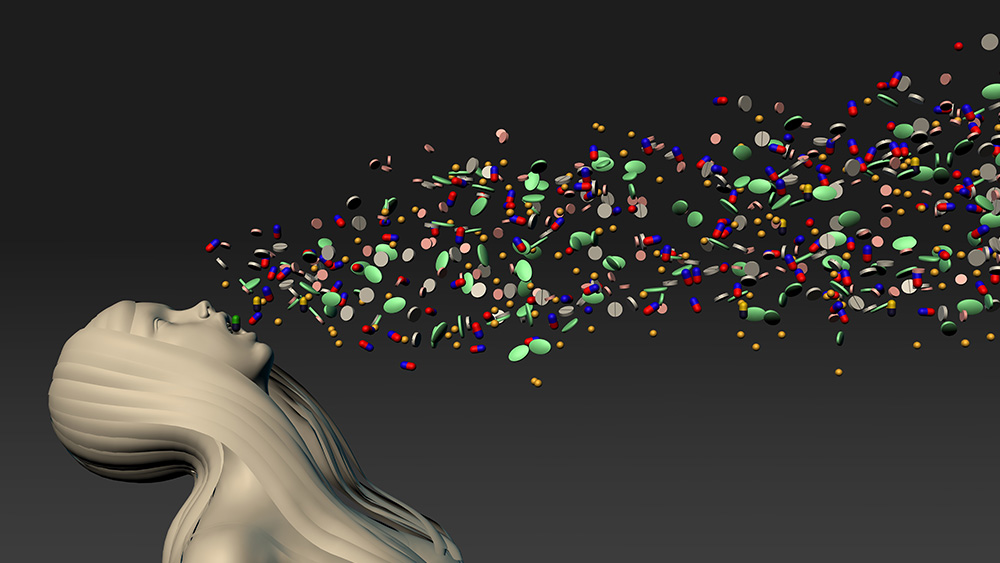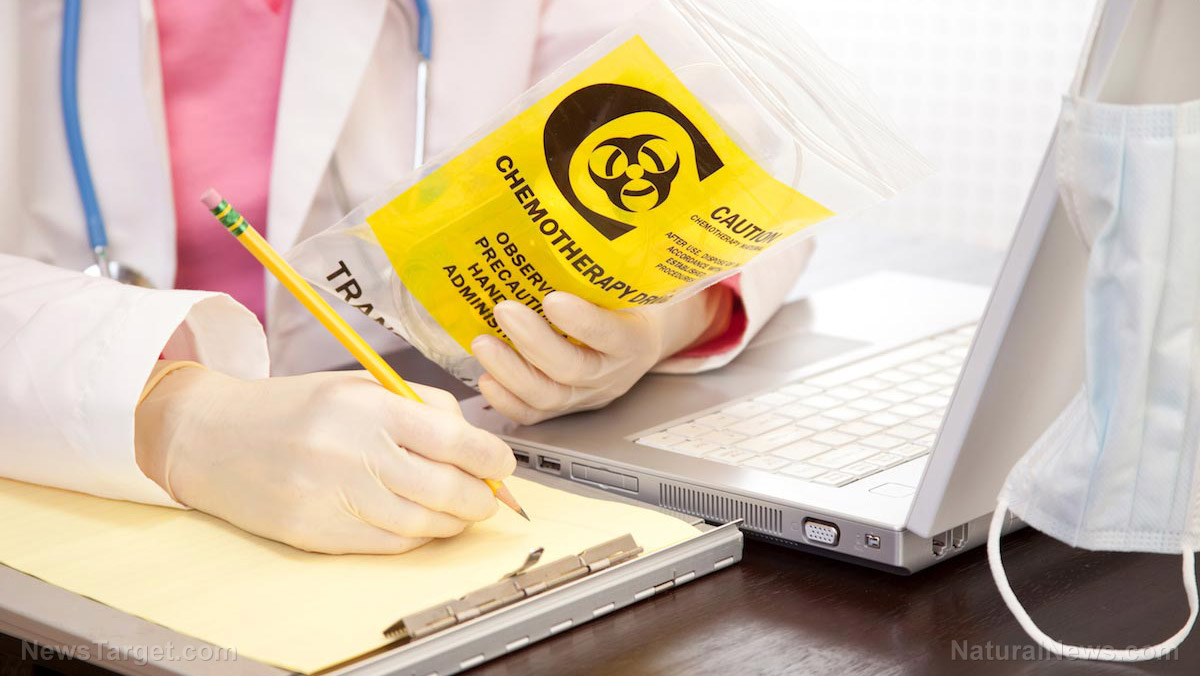They knew: Recently unsealed court documents reveal that makers of OxyContin purposely misled doctors and consumers about the strength of the drug
07/18/2019 / By Vicki Batts

The opioid epidemic has been costly, there’s little doubt about that. With 47,600 deaths from opioid overdose in 2017 alone, the wave of death shows no signs of slowing down. And all the while, Big Pharma has been cashing out. Purdue Pharma, owned by the Sackler family and producer of the most infamous opioid, OxyContin, was raking in $1 billion in annual sales at one point — and now, unsealed court documents show that the pharma giant purposely deceived doctors and used aggressive marketing tactics to bolster their profits. While all pharma companies stand accused of putting profits before people, the latest revelations in the case against OxyContin (and similar drugs) certainly takes the cake.
Thanks to Purdue Pharma’s misdeeds and unlawful behavior, thousands of lives have been lost or destroyed. And yet for some reason, the Sackler family has escaped culpability. David Sackler himself denies any responsibility for the opioid epidemic — even though recently disclosed court documents show that the good doctor advised Purdue’s marketing team to hide the truth about OxyContin and the danger it posed.
Purdue founders knew OxyContin was dangerous
As Natural Health 365 reports, sealed court documents from 2015 have recently been made public. The evidence clearly shows that OxyContin creators knew that the drug had an enormous potential for addiction and misuse — and instead of doing the right thing, the company lied about the risks involved with their product.
Not only did the makers of OxyContin market the drug as being “less strong” than morphine (even though it’s actually stronger), sales representatives were encouraged to say that OxyContin “couldn’t be abused” and was not addictive.
We have seen how well that played out: Up to 130 deaths per day from opioid abuse.
As Vox reports, Purdue Pharma got approval from the FDA to market OxyContin as “less prone to abuse” because of its extended-release formula. Purdue Pharma claims that by releasing a lot of the drug over time, they could prevent misuse. However, this extended-release formula also allowed Purdue to put a lot more of the drug into each pill. Users can then bypass the “extended release” by crushing up their pills before use. Ultimately, this made the drug more prone to being abused.
Hundreds of thousands of people have died as a direct result of opioid abuse — and countless others have gone on to become addicted to heroin or other opiates thanks to opioids. Statistics from the National Institute on Drug Abuse show that 75 percent of heroin addicts started off with an opioid.
Purdue Pharma founders deny reality
Even after Purdue Pharma and three top executives plead guilty in 2016, and even after dozens of doctors have lost their licenses for getting kick-backs and over-prescribing opioids, the Sackler family continues to deny the truth about OxyContin. In a recent interview with Vanity Fair, David Sackler even went so far as to claim that the addiction rate is only “between two and three percent,” and might rise to five percent with “more typical dependence and misuse.”
Never mind the fact that real science shows that the addiction rate with opioids is more like 26 percent — is it really supposed to be acceptable for a prescription drug to cause any level of dependence or misuse? Sackler isn’t just denying culpability — he’s normalizing drug addiction and talking about drug dependency as if its a simple fact of life.
Estimates suggest 22.4 million opioid prescriptions are doled out annually in the U.S. That’s 66.5 opioid prescriptions per every 100 people. Even if just two percent of those people were to end up addicted, it is two percent still too many. The opioid crisis has hit America hard, and it is high time the Sacklers owned up to what their misleading marketing tactics, shifty bribing practices and other bad behaviors have done to the country and its people.
Learn more about toxic pharmaceuticals at DangerousMedicine.com.
Sources for this article include:
Tagged Under: addiction, bad medicine, Big Pharma, Opioids, pain killers, pain relief, pharmaceuticals, toxic ingredients
RECENT NEWS & ARTICLES
PrescriptionDrugs.News is a fact-based public education website published by Prescription Drugs News Features, LLC.
All content copyright © 2018 by Prescription Drugs News Features, LLC.
Contact Us with Tips or Corrections
All trademarks, registered trademarks and servicemarks mentioned on this site are the property of their respective owners.



















